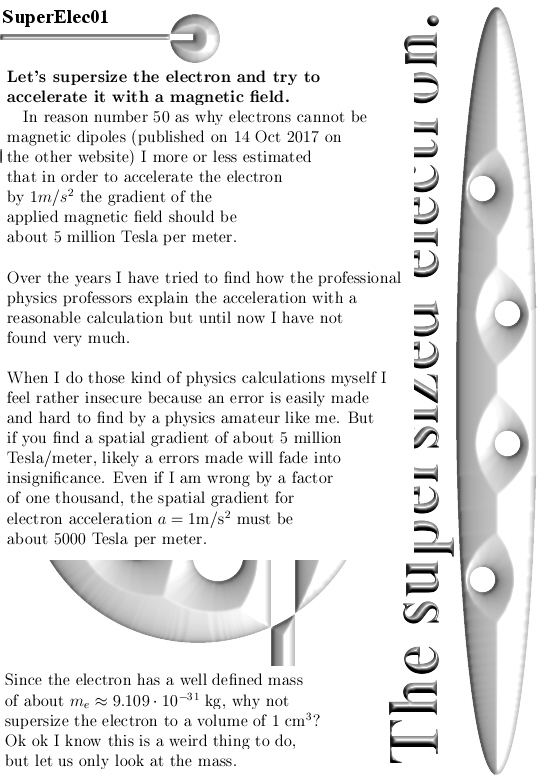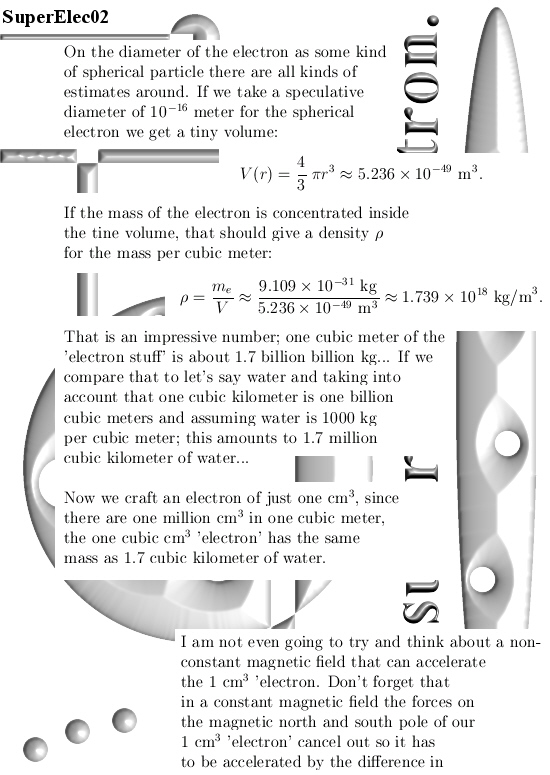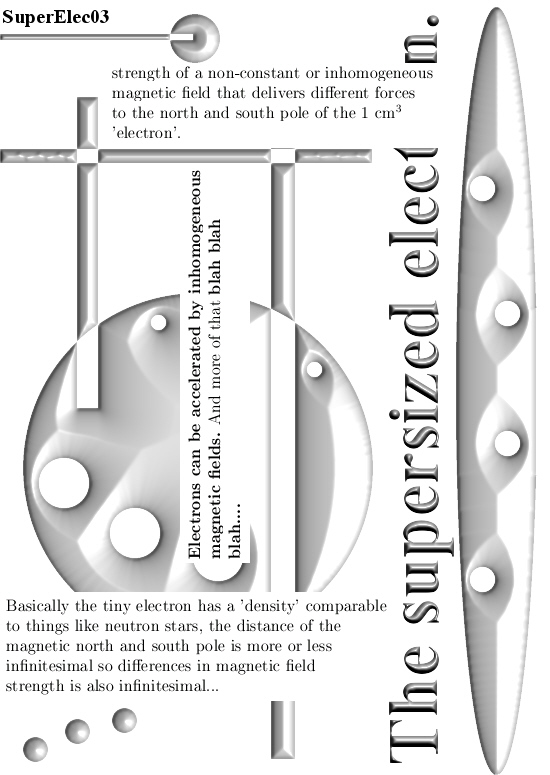This post is a continuation of Reason number 50 as why electrons cannot be magnetic dipoles as found on the other website. I published nr 50 in 2017 on 14 Oct. In that nr 50 Reason I tried to estimate the gradient of an inhomogeneous (non constant) magnetic field. It was just a rough estimation so you can have all kinds of critisism on it, but the gradient needed in the magnetic field was so huge that we safely can conclude that electrons cannot be accelerated by non constant magnetic fields.
Back in the year 2017 I more or less stated that universities are never very helpful. I joked that the word cooporation was not found in their dictionary. So now about 18 months later this seems to be true, why is that? Well all universities are relatively formal structures, most things go along some kind of protocol. For example when I would try to get a research job for the study of magnetic domains (because I think magnetic domains have surplusses of either one of the spin variants, so every magnetic domain is a magnetic ‘monopole’ on the domain level), that likely would not be possible. Because everything goes in such a formal manner likely I have to start as a first year student of physics, slowly climb the ranks and that’s it because ‘we cannot make an exception’. And from the university this is rather logical; if they give in to one weirdo that think that electrons cannot be magnetic dipoles, next comes along another crazy person that wants to study more homeopathic medicines or whatever what.
Ok, what are we looking at in this post? I simply view the electron as some kind of massive small sphere with a diameter of 10^-16 meter and as such estimate the density or the mass per cubic meter.
Without trying any kind of calculation, try to accelerate such an object with an inhomogeneous magnetic field…
It is three pictures long so this is a short post although the numbers are impressive. Picture sizes all 550×775 pixels.



Ok, this is what I had to say on the impossibility of accelerating magnetic dipole electrons in any meaningful amount while using inhomogeneous magnetic fields… See you in the next post.